In this installment of my “Meditation Coaching Demo” series, I work with 2 meditators who not only have their personal practice but also apply meditation to their work. The first demo is with Paul Crick who works as a consultant and also in the field of Leadership Development. In both of these fields, Paul installs the practice of meditation with his clients by deepening attention in the present moment for creating a greater sense of presence as a leader. The second session is with Carlos who is a psychotherapist that uses the practice of mindfulness and Acceptance and Commitment Therapy with his clients.
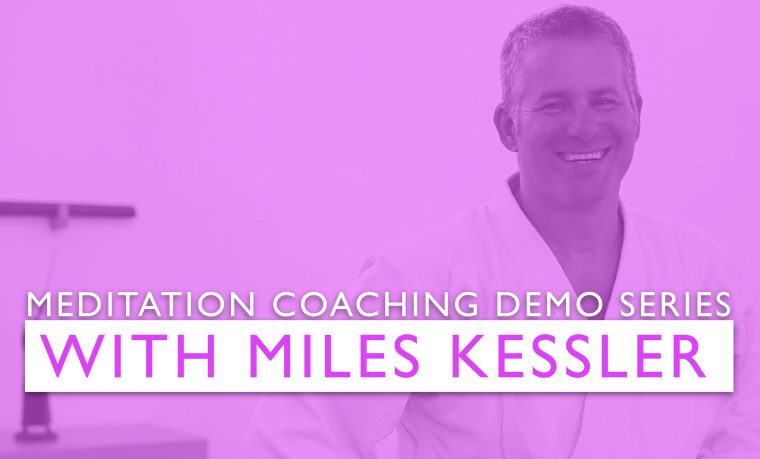
Meditation Coaching Demonstration #5 – Paul Crick
Background: Paul joined me for this session from Nottingham, England. Paul has been practicing meditation on his own for some time but with no formal study with a teacher. Paul works as a consultant and in the field of leadership development. In these fields, Paul uses meditation training to regulate your attention training which will give you a greater sense of presence in any given situation.
Paul also practices Aikido and uses his meditation practice to have a greater sense of connection with his partner during Aikido practice. A practice that easily applies to all relational aspects of his life.
His main practice method meditating with “binaural beats” audio tracks that use brain waves technology to gradually guide the meditation into deeper states of meditation. Paul does his practice for 15 minutes, 3 times per week. both in the mornings and at night at the end of his day. He notices in his regular practice that the binaural beats will gradually shift him into a deeper state. He notices that his breath slows, lengthens, and deepens. When the meditation is at its best Paul enters into a “suspended state” with a quiet mind and calm body. Sometimes in this state, he will experience subtle tingling sensations in the center of his forehead, which is a very pleasant feeling.
After assessing Paul’s practice I gave him the following suggestions for fine-tuning his meditation practice:
- Take care of any subtle “agency” in your meditation practice. Rather than “doing” things in meditation train yourself to have pure mindfulness, being and being with experience free of all doing
- When experiencing “dissolution” in the practice giving more subtle emphasis on how the dissolution is happening, and what is the experience immediately after the dissolution
- Be sure to be mindful of the pleasant feeling that arises at the deeper state of meditation so as not to become attached to the feeling
- At the end of your sitting practice do your check-in and take account of your inner qualities. Then make a gentle intention to carry those deeper states into your life and integrate your meditative state into your daily activities
- Finally, continue to use your binaural beats audio tracks to go into deeper states of meditation. But gradually begin to ween yourself from this external “crutch” and create the ability to go into your deeper states with your own mind
Meditation Coaching Demonstration #6 – Carlos Salinas
Background: Carlos joins the session from Guadalajara, Mexico. He is a psychologist and psychotherapist who uses mindfulness and ACT (Acceptance An commitment Therapy) in his work with his patients. Carlos has a formal practice, having studied with several teachers during his studies of p[sychology. The different methods Carlos works with are Mindfulness, Zen, and Compassion meditations. He also will occasionally use focused Binaural audio tracks to deepen his practice.
Carlos practices meditation 4-5 times per week, for 30 min each session. He generally begins his practice with a “mantra” to become focused in the present moment. This mantra practice helps him to become grounded in the present moment and not to get caught up in thinking. Carlos will also use guided meditation recordings from different meditation teachers.
Once Carlos feels that the mantra or guided meditations ground him in the present moment he will then shift into a more “contemplative” meditation, being purely mindfulness of what is arising in the flow of his experience.
When Carlos experiences mental activity in his practice – things like ruminating about the past, planning or worries of the future – he always notes the thoughts with acceptance and then will return to the breath.
In this interview, after assessing Carlos’ practice and give him the following suggestions for his practice:
- Continue to use your mantra and guided meditations, but begin to learn the ability to drop to your deeper states with pure mindfulness
- The practice of “choiceless awareness” only arises when the conditions are right. If you use choiceless awareness before these conditions arise the mind will be floaty, or may even wandering
- Be sure to establish your mindfulness on a primary object (like the breath) and stay there until the mindfulness is established
- Once you feel the mindfulness is stabilized then relaxing into choiceless awareness is fine
- When experiencing thoughts like ruminating about the past, planning or worrying about the future, continue to apply acceptance. Then try to take the thoughts as an object of contemplation and stay with the thought until it fully disappears.
Have any comments or questions? Please post below!


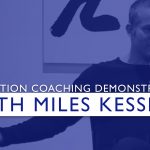
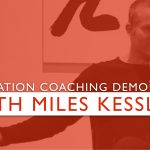
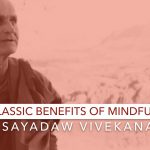

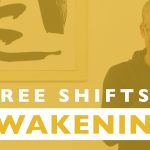
Please note: I reserve the right to delete comments that are offensive or off-topic.